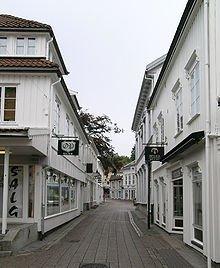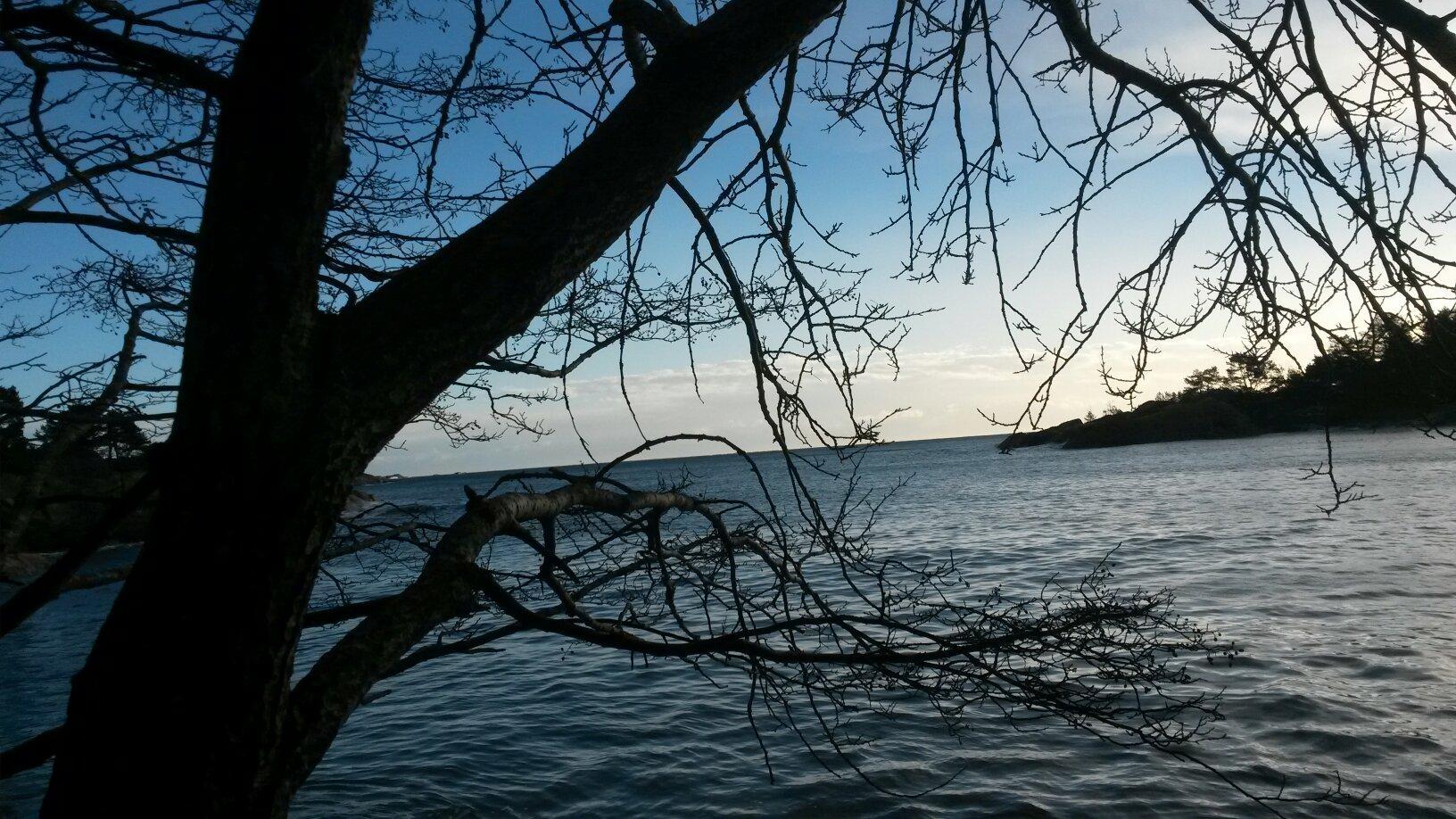Syndle Roundtrip
1a Storgaten
Grimstad 4876
From the tourist office: ride west along the quays, continue past Odden Shopping Centre and follow Bark Silas Vei until you reach a roundabout. As you follow route 420, cross Grooseveien and continue past the Ericsson building. By Statoil, cross the E18 by using the underpass. Continue past Hageland and the turn-off to Prestegardsskogen, and then on to Landvik School. Ride past the school, turn right at the junction and follow route 404 towards Herefoss. From this point onwards, the terrain is slightly hilly. Ride past Skiftenes village and Gurebo farm, and embark on the uphill climb. Halfway up the hill, follow the signs for Birkeland. This section is on gravel. Follow the signs for Risdal. After a while you will be back on tarmac. The final 2.5 km leading down towards the Reddal village and lake are steep. By Landvik Church, follow the sign for Risdal. Continue straight on until you reach Bergemoen. From here several routes lead back to town centre, and one option is to follow the signs for Rv. 420 directly to Grimstad. Comments: Spectacular ride, but some hilly and challenging terrain. Please be careful down the hill towards Reddal as this is a dirt road and may have uneven surface. Idyllic scenery with numerous picturesque lakes along the way.
Also at this address
See a problem?
You might also like
Norway›Syndle Roundtrip










